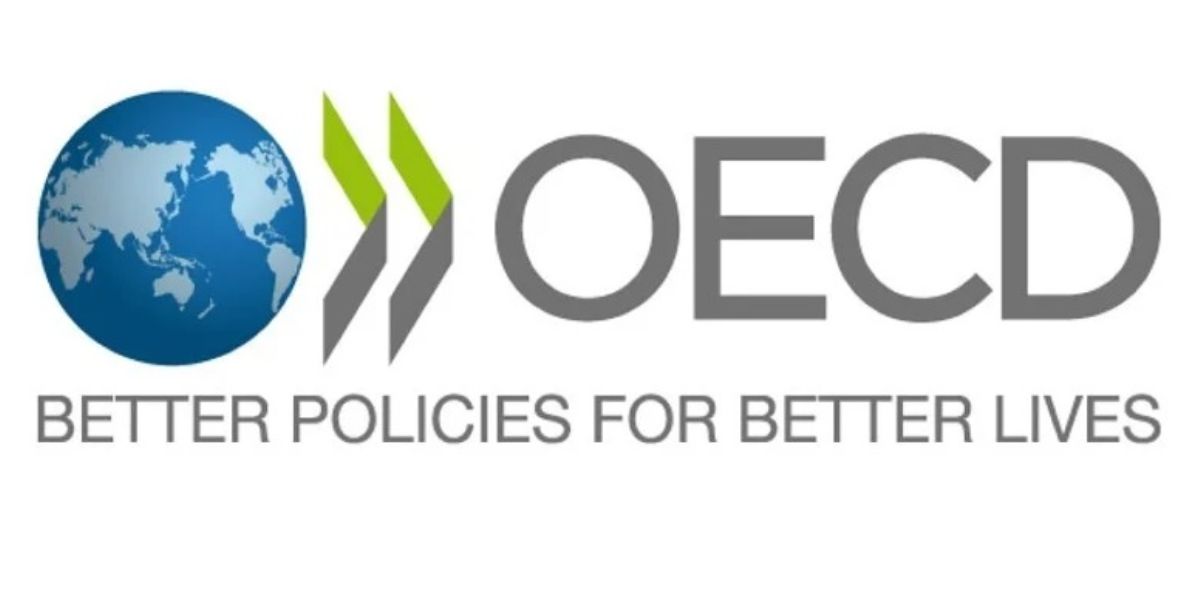The OECD released its working paper “Carbon Border Adjustments: The potential effects of the EU CBAM along the supply chain” on 29 January 2025.
This paper analyses the impact of the EU’s Carbon Border Adjustment Mechanism (CBAM) on global trade and climate policy.
In April 2023, the EU adopted the ‘Fit for 55’ package, which included a major European Union Emissions Trading System (EU ETS) reform. The policy package consists of a faster reduction of the emissions cap and a gradual phasing out of free allowances between 2025 and 2034.
Disparities in carbon pricing and other climate policies across countries can raise the risk of carbon leakage. To address this, the European Union introduced a Carbon Border Adjustment Mechanism (CBAM) which will require importers of certain energy-intensive goods to pay a levy on embedded emissions.
This paper combines multiple data sources to measure the coverage of the CBAM in terms of trade flows and emissions and uses an enhanced input-output model to simulate the impact of the CBAM on value-added and emissions across sectors and countries, accounting for supply chain linkages.
Results show that the CBAM can effectively prevent carbon leakage. However, it only partially mitigates the negative effects of higher carbon prices and free allowances removal on the value added of CBAM-protected industries and negatively affects downstream EU industries.
The simulation compares the CBAM impact with the increase in the EU ETS carbon price induced by the reduction in the cap and the full removal of free allowances for CBAM-covered sectors, which will be completely phased out in 2034.
The simulation does not model the planned gradual implementation of the policy but instead measures the impact of the CBAM and of the rest of the ‘Fit for 55’ package as if they were fully implemented in the current economy.
In the simulations, most non-EU economies benefit from the implementation of the EU ETS reform adopted as part of the ‘Fit for 55’ package despite the CBAM implementation, as their relative production costs decrease. However, the CBAM implies that those with higher production emission intensities see smaller gains than relatively “cleaner” economies. This underlines the CBAM’s potential to encourage cleaner export-oriented production globally.














